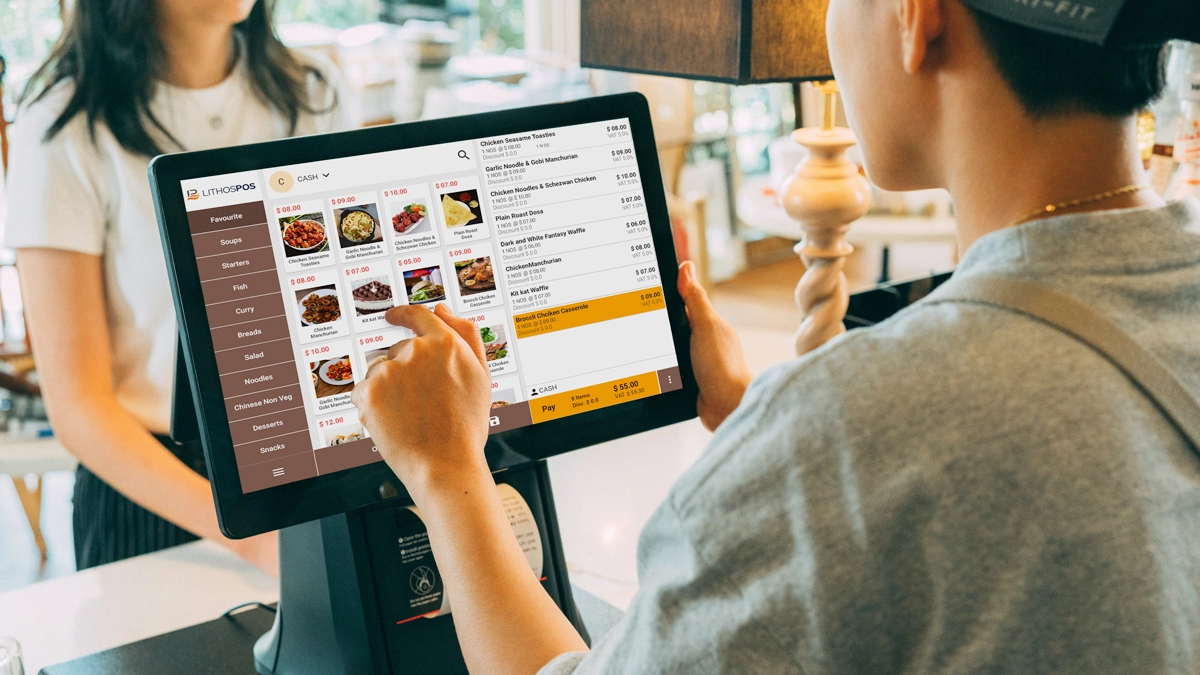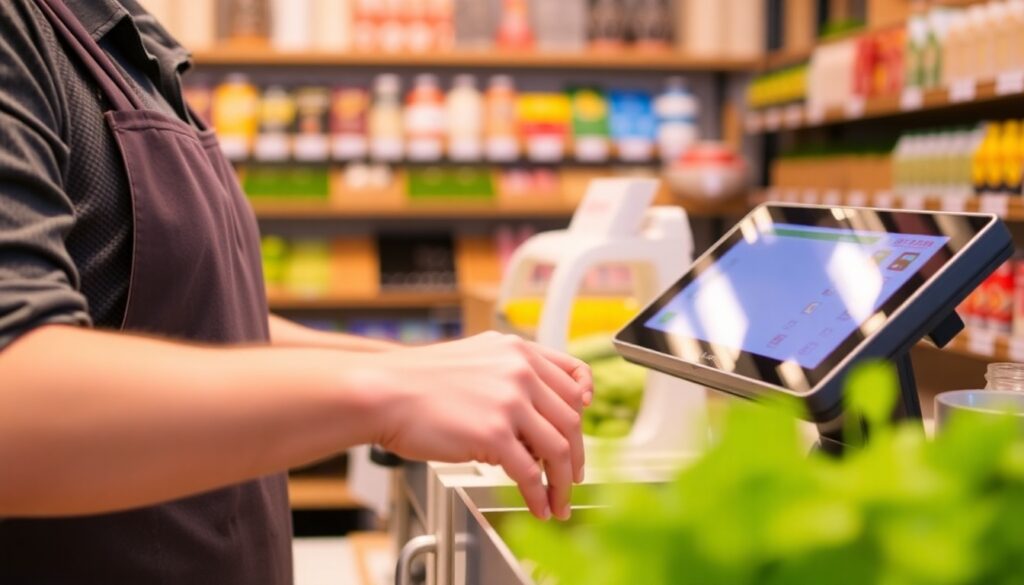How a POS System Can Reduce Errors in Food Orders

In the fast-paced world of the restaurant industry, accuracy is everything. From taking customer orders to serving food at the right table, even a small mistake can lead to customer dissatisfaction, food waste, and lost revenue. Fortunately, modern technology offers a powerful solution — the Point of Sale (POS) system. A reliable POS system not only streamlines restaurant operations but also significantly reduces errors in food orders, ensuring smoother service and happier customers.
Let’s explore how a POS system helps minimize mistakes and improves the overall efficiency of your food service business.
1. Elimination of Manual Order Entry Errors
Traditional order-taking methods, especially those that rely on handwritten notes or verbal communication between servers and kitchen staff, are prone to human error. Misheard orders, illegible handwriting, or incorrect item codes can easily lead to the wrong dish being prepared.
With a POS system, orders are entered digitally and directly into the system. The software allows servers to select menu items from a clear, organized interface — often with item modifiers, sizes, or special requests included. Once the order is confirmed, it is automatically sent to the kitchen display system or printer without the need for manual transcription. This direct digital transfer eliminates confusion and reduces the likelihood of mistakes caused by miscommunication.
2. Real-Time Order Tracking and Modifications
In a busy restaurant, customers often change their orders after placing them. Without a POS system, such changes can easily get lost in communication. For example, if a server forgets to inform the kitchen that a guest no longer wants extra cheese or has changed a side dish, the kitchen may continue preparing the original order.
A POS system solves this issue by allowing real-time updates and tracking. Any changes or cancellations are automatically updated in the kitchen’s system. The staff immediately sees the modification on their kitchen display screen or printed ticket, ensuring that the final dish matches the customer’s latest request. This helps eliminate wasted food and prevents the frustration of incorrect orders reaching the table.
3. Clear Communication Between Front and Back of House
A POS system acts as a communication bridge between the front of house (servers) and the back of house (kitchen staff). When an order is placed, the details are instantly transmitted to the kitchen, often categorized by station (grill, fryer, salad bar, etc.).
This organized and automated flow ensures that each department knows exactly what to prepare and when. There’s no more shouting across the kitchen or passing around paper tickets. By improving coordination and ensuring consistent communication, POS systems drastically reduce the risk of misunderstandings that can lead to incorrect food orders.
4. Customization Options and Order Notes
Modern POS systems allow servers to add custom notes or special requests for each item. For example, “no onions,” “extra spicy,” or “gluten-free bun” can be added with a single tap. These details are displayed clearly on the kitchen ticket or digital display, ensuring that the kitchen staff can easily see and accommodate specific customer preferences.
This feature is particularly valuable in an age where dietary restrictions and allergies are increasingly common. A POS system helps ensure that these important details are not overlooked, protecting both your customers and your restaurant’s reputation.
5. Training and Accountability
A POS system not only minimizes order mistakes but also helps train new employees more effectively. With intuitive interfaces and easy-to-follow menus, new servers can take accurate orders even during their first week on the job.
Additionally, POS systems record every order along with the server’s name and time of entry. If an error does occur, managers can easily identify where the mistake happened and address it through proper training or feedback. This accountability encourages staff to be more careful and consistent when entering orders.
6. Enhanced Customer Satisfaction and Cost Savings
When your restaurant consistently delivers accurate orders, customers notice. Fewer mistakes mean happier guests, better reviews, and more repeat business. Beyond improving customer experience, reducing order errors also leads to lower food waste, saving money on ingredients and re-preparation time.
Over time, these improvements in accuracy and efficiency contribute to higher profits and smoother daily operations — all thanks to a well-implemented POS system.
Final Thoughts
In the restaurant business, precision is as important as flavor. A POS system ensures that every customer’s order is recorded, transmitted, and fulfilled exactly as intended. By improving communication, eliminating manual errors, and providing real-time updates, POS systems empower restaurants to serve with accuracy and confidence.
Whether you run a small café or a large dining establishment, investing in a robust POS system is one of the smartest ways to reduce errors in food orders and enhance your overall service quality.






